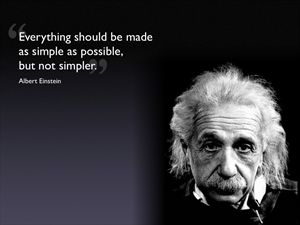Behind the Scenes Communication
 Every supply chain consists of three separate and vital threads:
Every supply chain consists of three separate and vital threads:
- The actual physical movement of goods.
- The flow of money.
- The flow of information supporting the movement of the goods and the flow of the money.
The flow of information has started to become more important only in the past few centuries. For a long time, information about a shipment moved with the shipment. Thirty years ago, a consumer could not track or trace a parcel shipment, and a freight carrier had a hard time tracking or tracing a specific shipment. It could be done, but only with great effort and at a high cost.
Technology has made the process easier and cheaper. Easier and cheaper lowers the bar, allowing more access to a service. Today a consumer can track the status of a package, learning what stage of the process the package has passed. A carrier can trace a shipment through the last step of the process.
Technology changes the perceived need for information. Do all consumers really need to be able to track and trace a shipment? Frankly, no. But tracking allows for improvement of the process. With tracking, a supply chain manager can see the progress of a shipment, looking for ways to adjust the timing of future shipments to improve velocity, or to trigger events in the flow of money so that the cargo movement never stops. Tracking can alert a supply chain manager to problems, and enable him or her to collect performance data for analysis.
This 1965 educational film produced by American Telephone and Telegraph (the old AT&T) illustrates the communications links behind airline operations. While technology has changed in the past 50 years, little has changed in the actual messages, and the purpose of the messages. All the communications shown in this film still happen in current air operations, some using the exact same methods.


